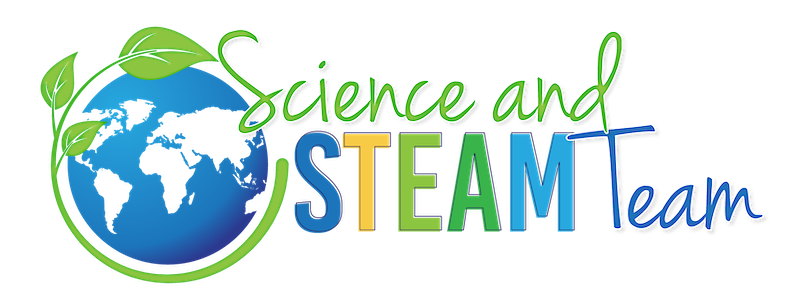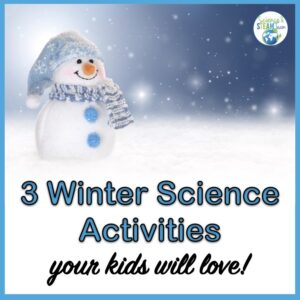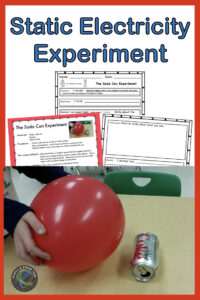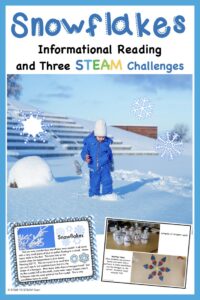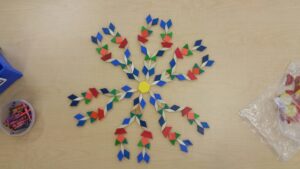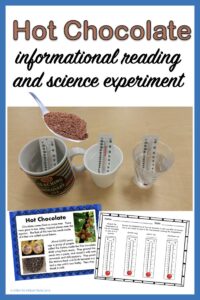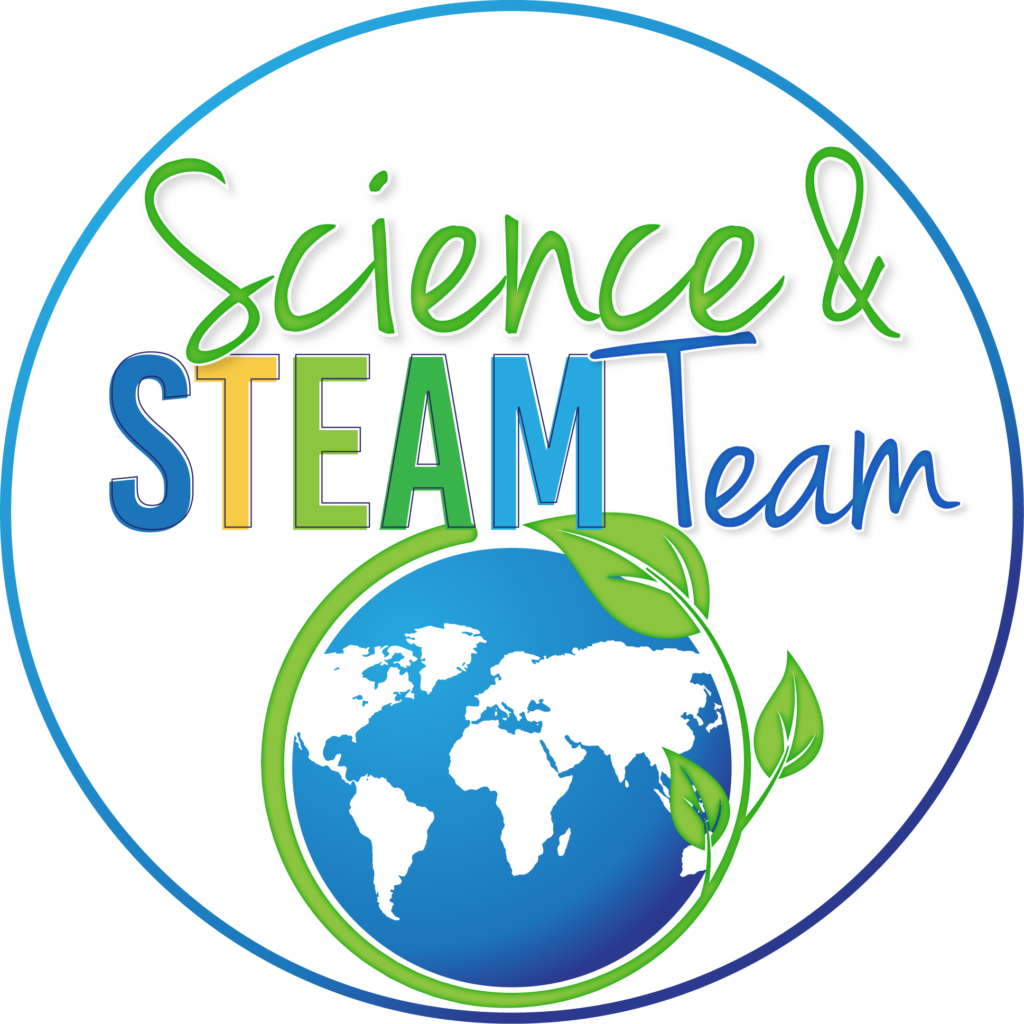There are so many winter science activities that I have done with my classes. I thought that I would share a few of them with you!
Winter Science – Static Electricity
This simple winter science experiment is one of my favorites. Static electricity is something they all have experience with. Therefore, children are naturally curious about static! For this experiment, you will need a balloon and an empty soda can. First, ask students to blow up their balloons. Then, have them rub it on their hair. What happens!? It sticks out! Next, ask students what they think will happen if they rub their hair with the balloon and put it next to, but not touching, an empty soda can laying on its side on a table. The can will roll toward them.
The science behind it: When the balloon is rubbed against the hair negative electrons (which are invisible) build up on the surface of the balloon. This is static (non-moving) electricity. These electrons can pull very light objects with a positive charge towards them.
Did you know you can also bend water?! Get a thin steady stream of water running from your faucet. Rub the balloon on someone’s hair and hold it next to the water!
Winter Science – Snowflakes and the Water Cycle
There are so many concepts that students can learn when studying snowflakes. Students are eager to find out how snowflakes are made. I have them read about this to get a little ELA in! I also like to show them a video.
Students can also learn about the water cycle when studying snowflakes. I made “snow cycle posters” for my students to refer to. They can compare it to the water cycle. Here is a song that my students couldn’t stop singing!
A fun way to have students observe the water cycle first hand in the winter is to have them draw snowman faces on empty water bottles and then go outside and fill them with snow ( if you don’t have snow you can crush ice in a blender).
Over time the snow will melt, and as the water warms up it will start to evaporate and condense on the top and sides of the bottle. Then it will “rain.”
A winter STEAM activity is creating a snowflake based on what they have learned. I look for the snowflakes to have six points. Having students work with partners is fun but not necessary. Here are two ways you can do this winter science activity. Give students one large marshmallow. Tell them that this is the center of their snowflake. Then give them mini marshmallows and toothpicks. Challenge them to make a snowflake that is at least 6″ in diameter. Another way is to let them create snowflakes using pattern blocks. Students are very creative, and no two snowflakes are ever alike!
Winter Science – Hot Chocolate
There’s nothing better than a science activity that involves chocolate. I usually do this with my classes around Christmas after we have read The Polar Express or for our Valentine’s Day party!
Again, I have them read about how chocolate is made. They are surprised to learn that it starts from a bean on a tree! They learn a little about the history behind hot chocolate through this reading too.
After the reading, we conduct an experiment. The object is to find out which material keeps the hot chocolate the warmest for the longest time. I show the students a ceramic mug, a styrofoam cup, and a plastic cup. We discuss the materials. Students individually make a hypothesis as to which cup they think will keep the liquid warmest for the longest. They share their reasoning. Next, make and pour an even amount of hot cocoa into each cup. Place a thermometer into each cup. Leave it there for one minute. Record the temperatures. Then, wait minutes and take the temperatures of the liquid again. Discuss the results.
Of course, we all have a drink of hot chocolate after that!
Enjoy some winter science by clicking on at least one of the experiments above and completing it with your students!
If you want to encourage the love of science at home click on the link to read how!
